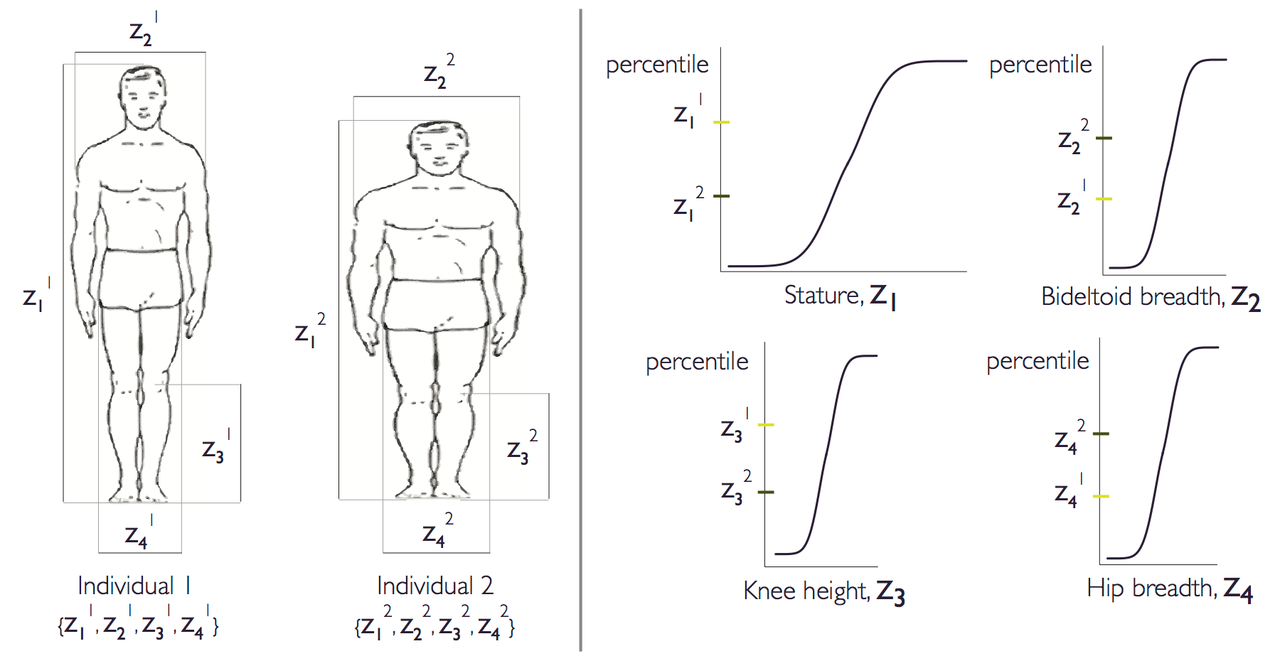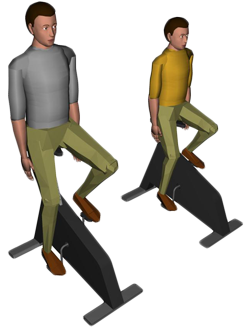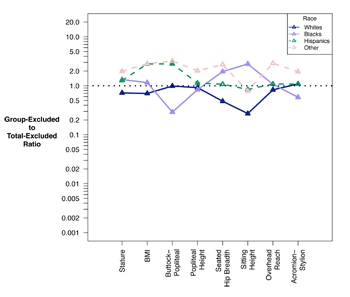
by mbp11 | Aug 4, 2013 | Publications
Globalized marketplaces are necessitating the consideration of the needs of users from a variety of national and international regions. Relevant body dimensions are known to play a key role in influencing users’ physical interactions with products. The main challenge...

by mbp11 | Jan 1, 2012 | Publications
The allocation of adjustability and use of discrete sizes are two methods of accounting for the variability in the population of prospective users of a product. This paper addresses the discrete sizing problem, adapting recent adjustability research. This is done in...

by mbp11 | Aug 28, 2011 | Publications
This study offers a new method for understanding the likelihood of acceptable fit for users of adjustable products and environments and is a useful tool for aiding the designer in making decisions about problems involving human variability. Accommodation, which...

by mbp11 | Feb 19, 2010 | Publications
In the design of artifacts that interact with people, the spatial dimensions of the user population are often used to size and engineer the artifact. The variability in anthropometry indicates the fixed allocation of space, adjustability requirements, or how many...

by mbp11 | May 9, 2009 | Publications
When designing a product to interact with the human body, designers consider the sizes and shapes of people. A population’s variability in body size and shape can be accounted for in many ways, such as offering products in multiple sizes or including...





